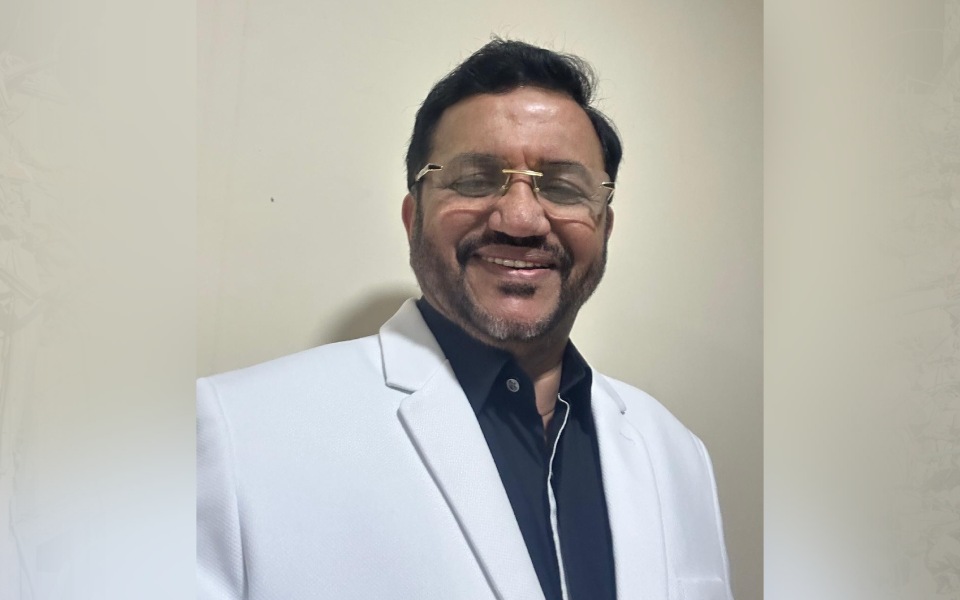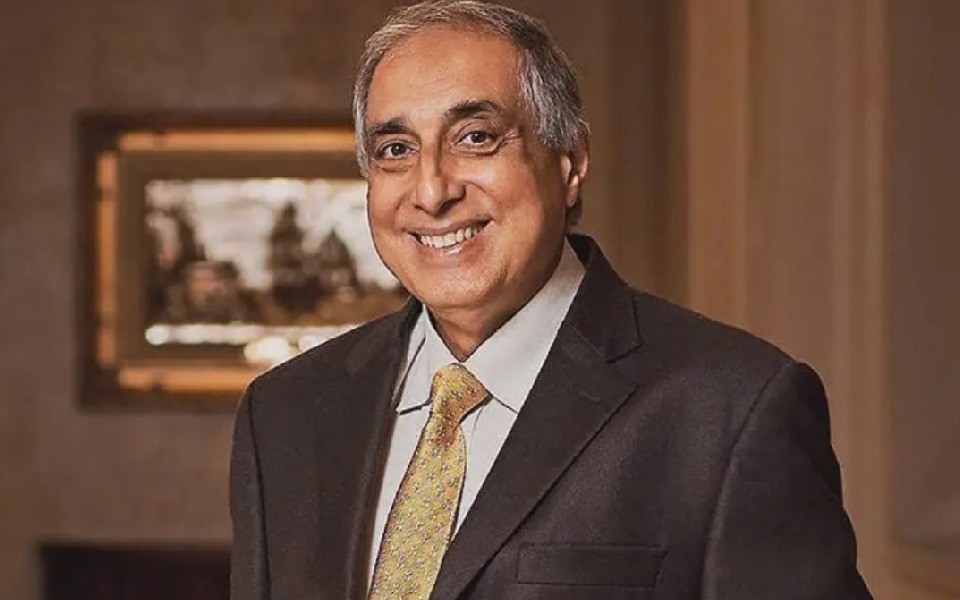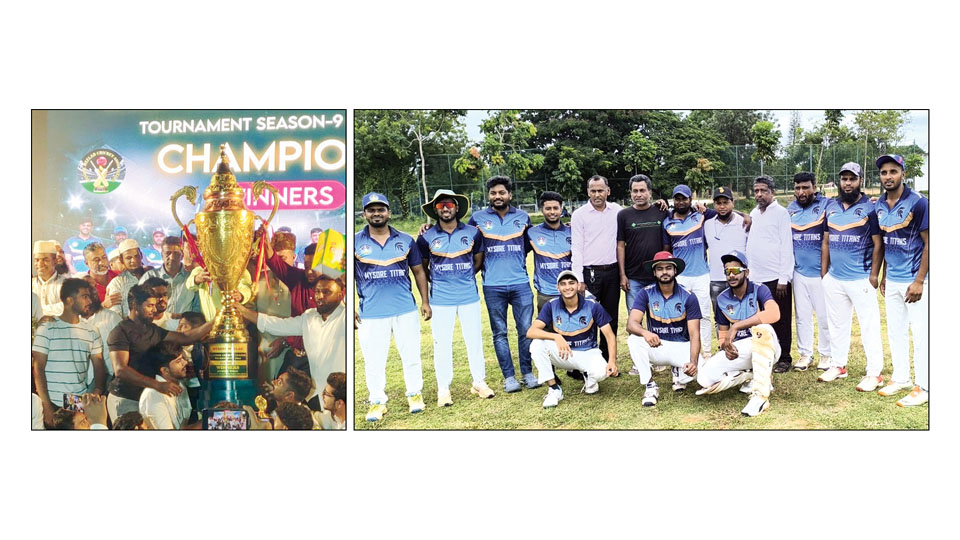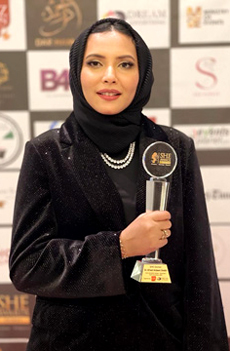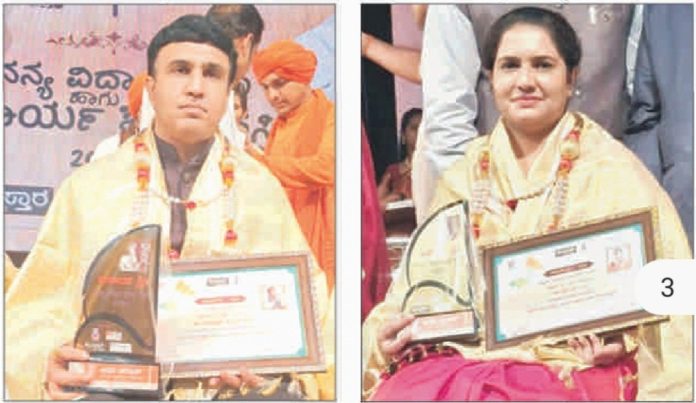Karavali, KARNATAKA / Dubai, U.A.E :
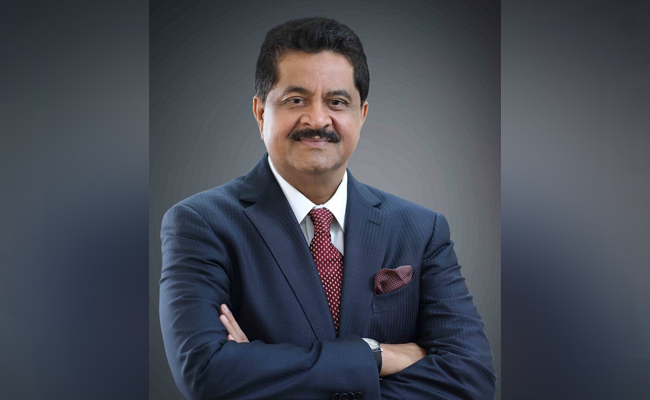
Bengaluru:
The Karnataka Government on Wednesday named Dr. Thumbay Moideen, son of prominent community leader late B. Ahmed Haji Mohiudeen, among the recipients of this year’s Karnataka State Rajyotsava Award. A prominent alumnus of St. Aloysius College, Mangaluru, Dr. Moideen has earned widespread recognition in the UAE and beyond for his contributions to higher education and healthcare.
Dr. Moideen founded the THUMBAY Group in 1997, a diversified international conglomerate that has since expanded into health education, healthcare services, and medical research. In 1998, he became the first Indian invited by the rulers of Ajman to establish a medical college in the UAE. This institution has now grown into a university with its own network of hospitals, clinics, medical centers, and pharmacies throughout the country.
Dr. Moideen has been featured in respected publications, including Forbes Middle East and Arabian Business. His achievements have also been recognized with an Honorary Fellowship from the International Medical Sciences Academy (IMSA) and an honorary doctorate from Amity University.
The Karnataka Rajyotsava Award, also known as the Rajyotsava Prashasti, is the second highest civilian honor in Karnataka, India. The award is given annually to recognize citizens of Karnataka and others who have contributed to the state in various fields: Arts, Education, Industry, Literature, Science, Sports, Medicine, Social Service, and Public Affairs.
The award is presented on November 1, the day of the state’s establishment, which is celebrated as Kannada Rajyotsava.
source: http://www.english.varthabharati.in / Vartha Bharati / Home> Karnataka / by Vartha Bharati / October 30th, 2024





